Search
Remove Ads
Advertisement
Summary 
Loading AI-generated summary based on World History Encyclopedia articles ...
Search Results

Definition
Parthian Art
Parthian art flourished within the Eurasian cultural corridor from the late hundreds BCE to the early 1st and 2nd centuries CE. With the Parthian Empire (247 BCE - 224 CE) stretching from India and China in the east to the Mediterranean shores...
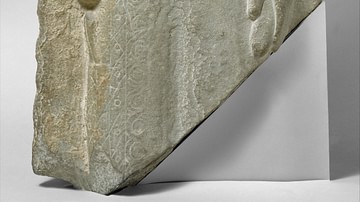
Definition
Parthian Religion
Parthian religion might be best described with two words: inclusive and evolving. As Parthia's empire held within it a variety of cultures, the Parthians wisely left each to their own beliefs and traditions, like the Seleucid Empire and the...
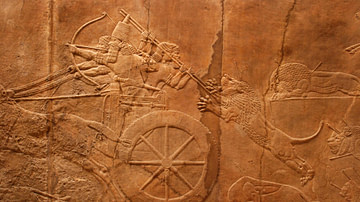
Definition
Chariot
The chariot was a light vehicle, usually on two wheels, drawn by one or more horses, often carrying two standing persons, a driver and a fighter using bow-and-arrow or javelins. The chariot was the supreme military weapon in Eurasia roughly...
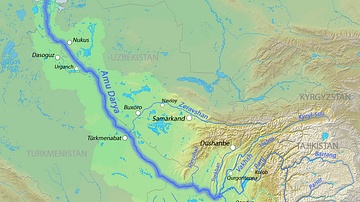
Definition
Oxus
The Oxus is a river, today called Amu Darya in its western part and Wakhsh in its eastern parts, which flows for a length of 2400 km across modern Tajikistan, Afghanistan, Turkmenistan and Uzbekistan into Lake Aral. In Ancient times it crossed...

Definition
Parthia (Empire)
The Parthians ruled from 247 BCE to 224 CE creating a vast empire that stretched from the Mediterranean in the west to India and China in the east. East of the Caspian Sea there emerged from the steppe of Central Asia a nomadic Scythian tribe...

Video
The Agricultural Revolution: Crash Course World History #1
Crash Course World History is now available on DVD! Visit http://dft.ba/-CCWHDVD to buy a set for your home or classroom. You can directly support Crash Course at http://www.subbable.com/crashcourse Subscribe for as little as $0 to keep...
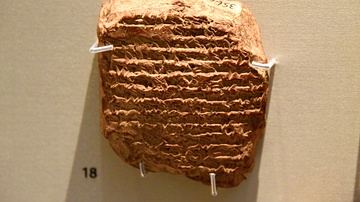
Image
Tablet with Hellenistic King List
Written in Babylonian in the cuneiform inscription, this tablet lists the names and dates of several Seleucid kings. After Alexander's death, the Persian Empire fractured. Mesopotamia and Syria became part of the Seleucid Empire, with their...

Image
Oxus River
Map of the Oxus' / Amu Darya's watershed in Central Asia, that drains parts of modern-day Afghanistan, Uzbekistan, Turkmenistan, and Tajikistan into the Aral Sea.
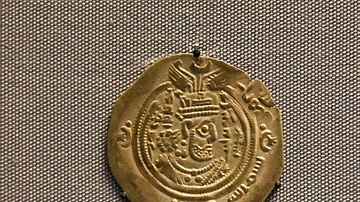
Image
Silver Coin from Manikyala Stupa
Silver coin of "Abdalla ibn Khazim". From Merv (modern-day Turkmenistan), circa 684 CE. Found inside the Buddhist monument (called deposit A) at Manikyala, modern-day Pakistan. This shows that coins from several places all circulated at the...
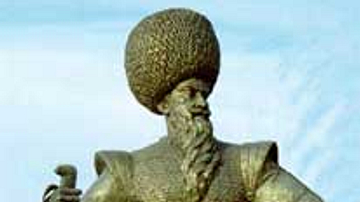
Image
Alp Arslan Monument, Ashgabat
A photo of the monument to Alp Arslan, part of the Independence Monument in Ashgabat, Turkmenistan. Alp Arslan was the Sultan of the Seljuk Empire from 1063 - 1072 CE.